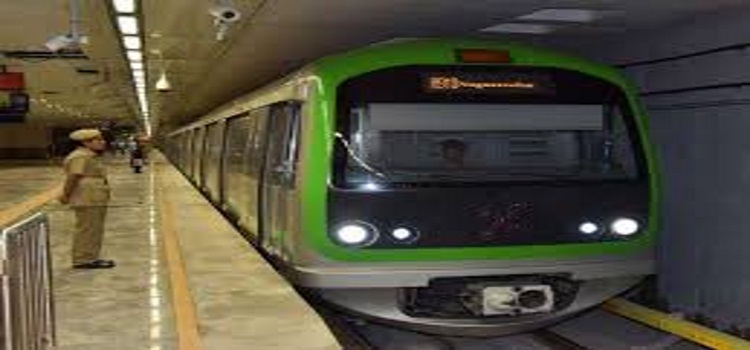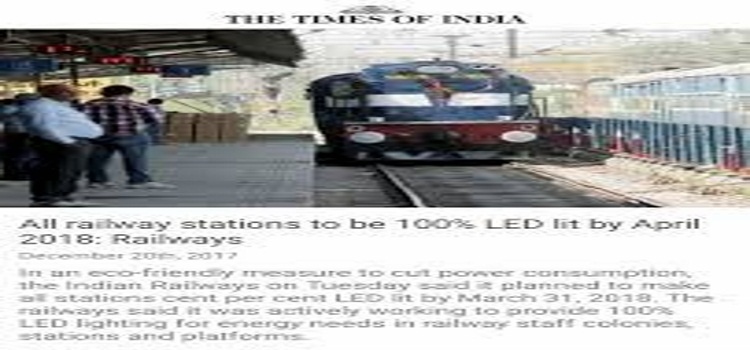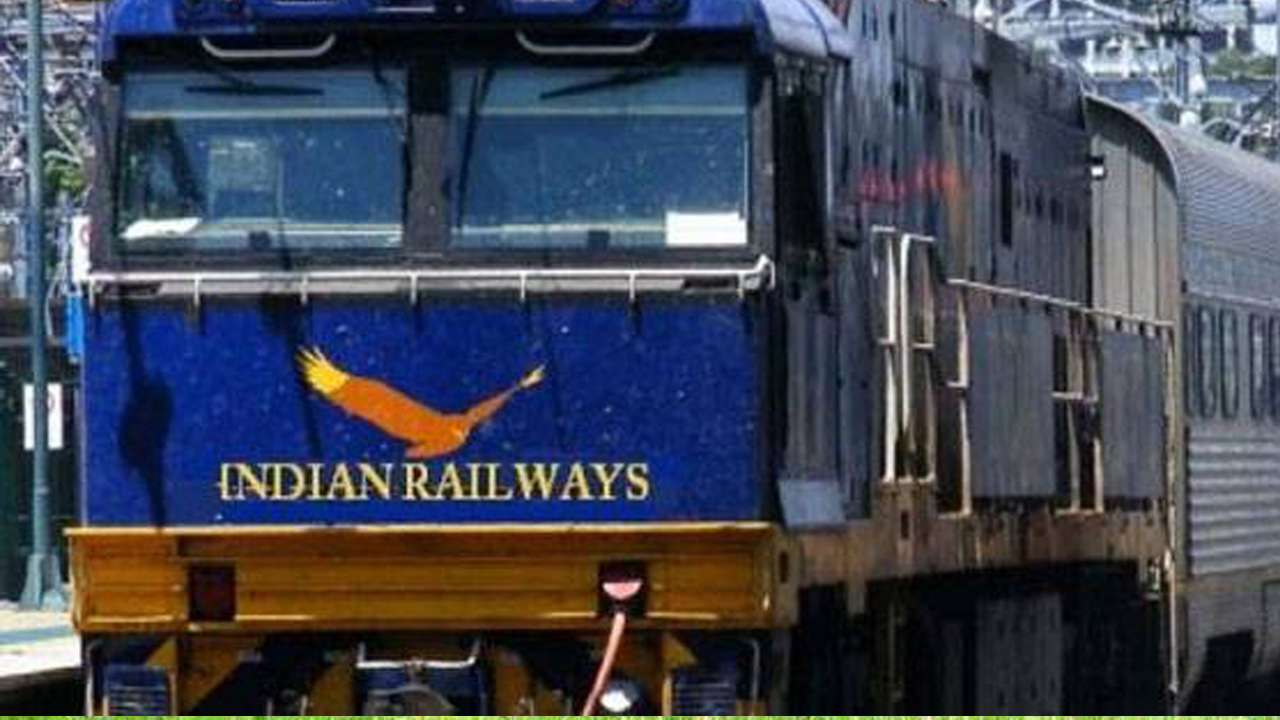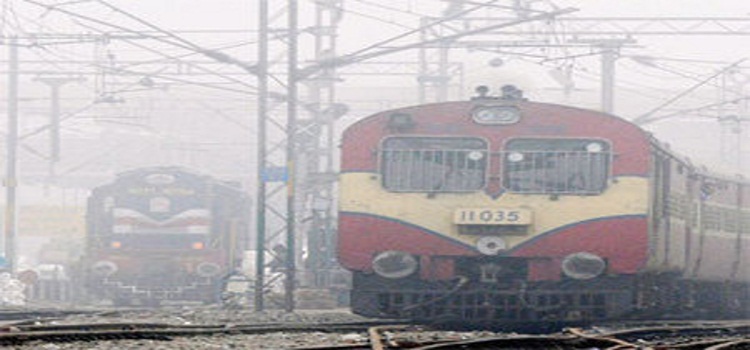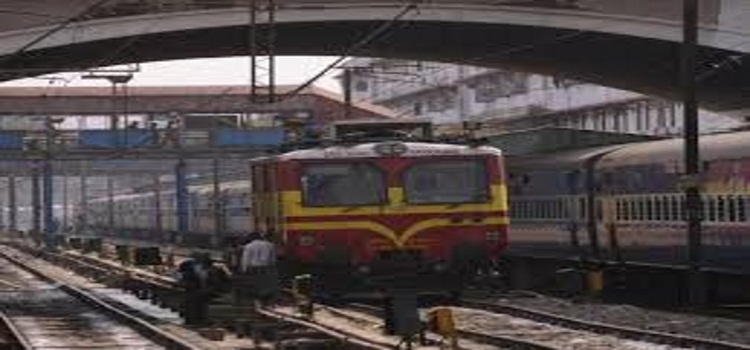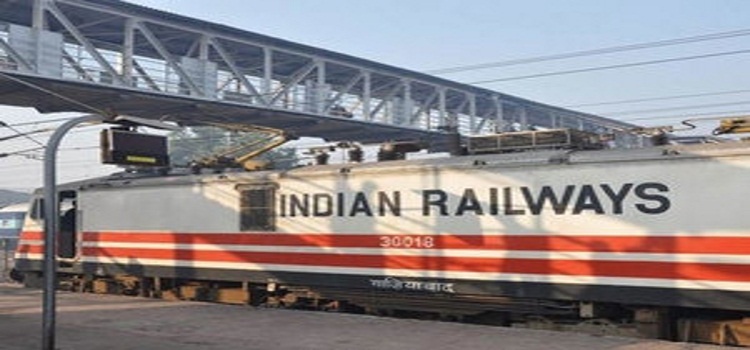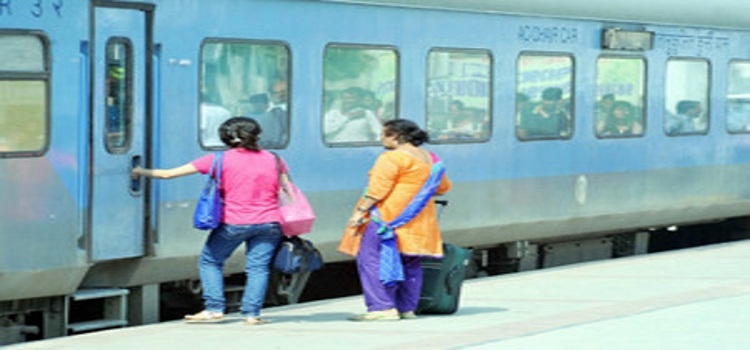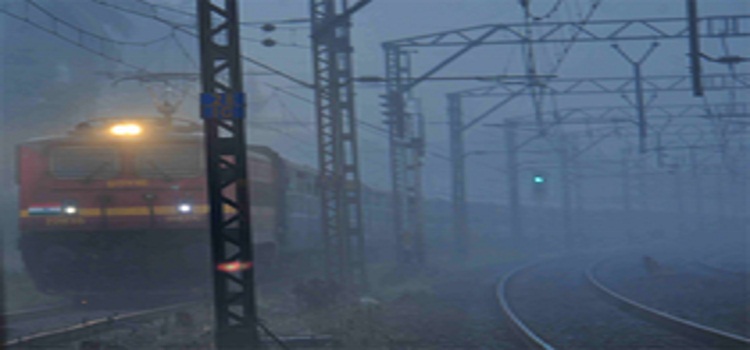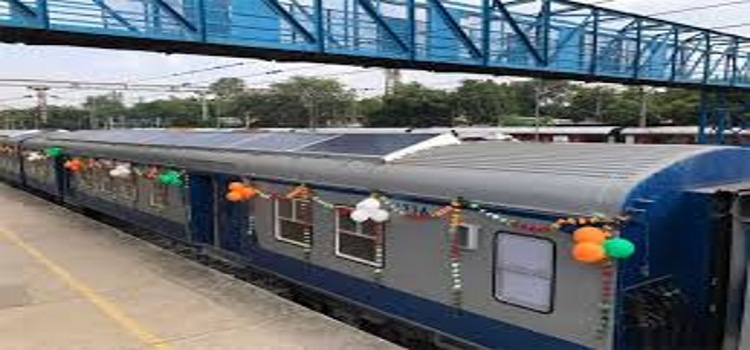
India’s first indigenous train set will be ready and running on the tracks by December next year, a senior railway board member said on Thursday.
The train set, which is much like the Metro trains running in Delhi, but built on a much higher scale, will run at a speed of 160 km/hr.
Unlike the Metro trains, the 16-coach train set will be able to cover long distances.
A train set, much like a Delhi Metro rake, comprises of many coaches that are individually powered by a propulsion system, eliminating the need for a locomotive.
“This will be India’s first indigenous train set and will be rolled out on the tracks by December 2018,” said Ravindra Gupta, a member of the Railway Board. Initially it will be a chair car, but eventually, even sleeper will be introduced, he said.
Mr Gupta said that the advantages of train sets are that they will be more comfortable, will have faster turnaround as well as faster speed thus reaching their destination quicker than the average trains.
For the first time in railways, these train sets will have automatic doors that will open and close at stations, wide windows, and ergonomically designed seating.
All the coaches will be equipped with bio-toilets and will be completely air-conditioned.
The first train set is likely to be pushed into service either in the Delhi-Lucknow or Delhi-Chandigarh sector.


